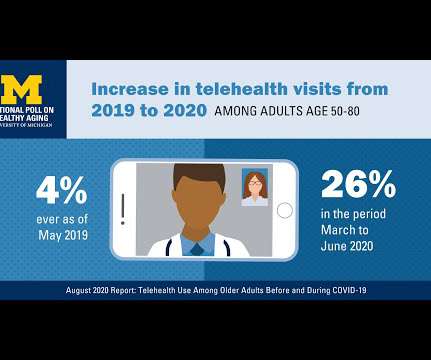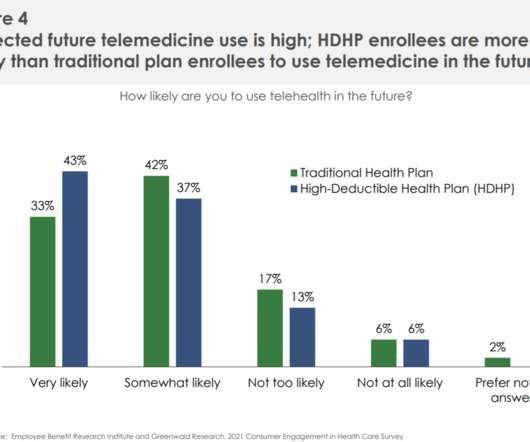Telehealth Use Among Older Americans: Growing Interest, Remaining Concerns
Health Populi
AUGUST 25, 2020
In the Fear of Going Out Era spawned by the COVID-19 pandemic, many patients were loath to go to the doctor’s office for medical care, and even less keen on entering a hospital clinic’s doors. The study identified several key concerns about telehealth visits, shown in the graphic.





















Let's personalize your content